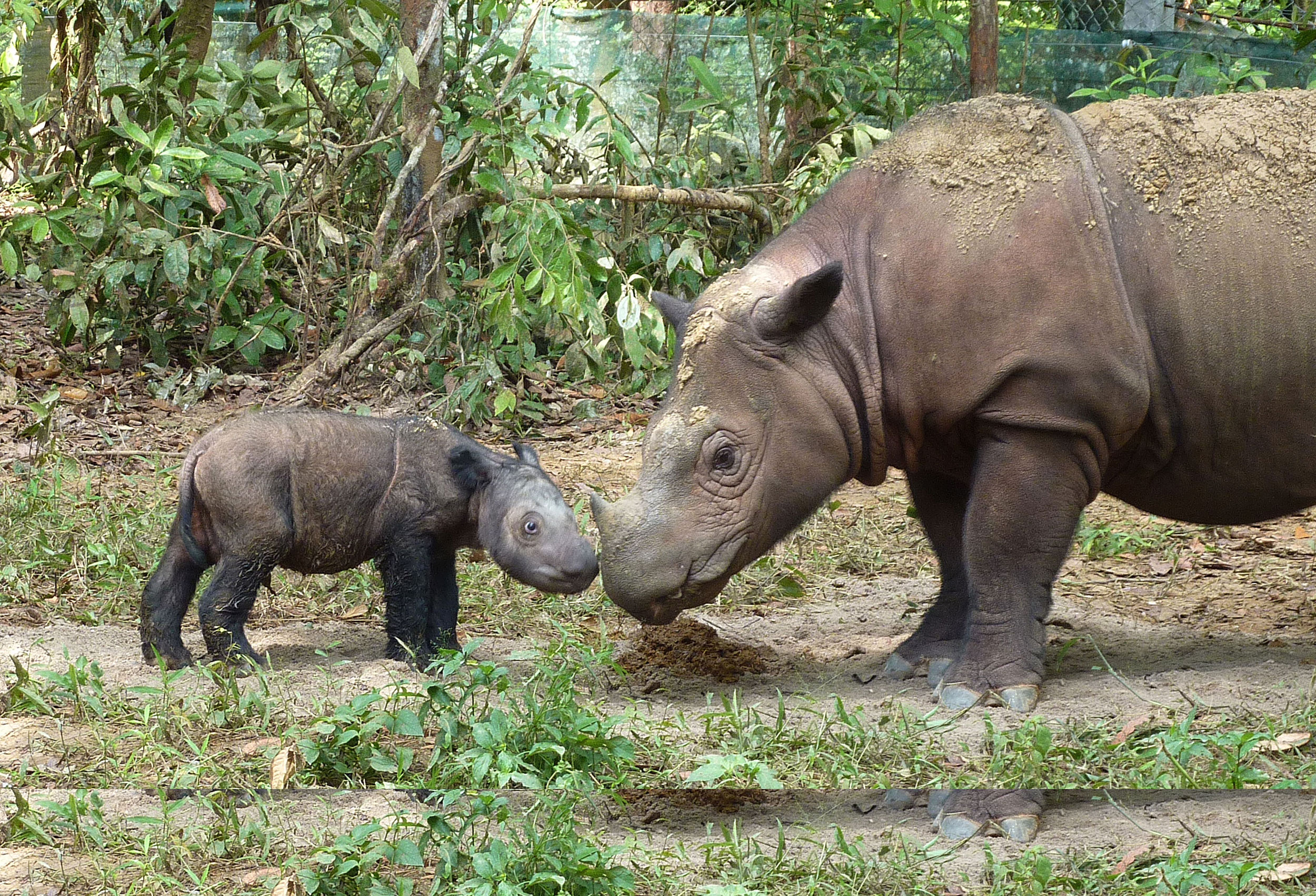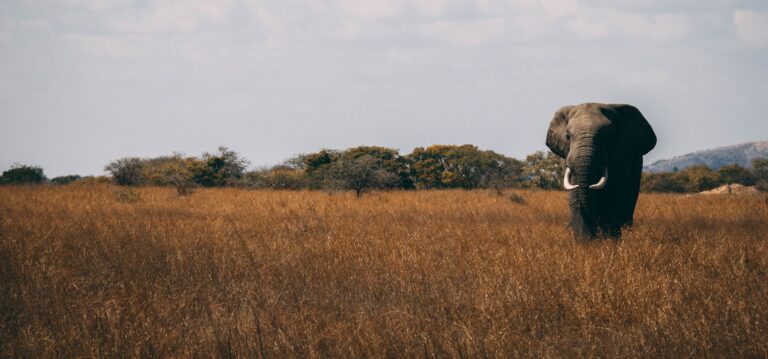
Human-caused mass extinction still accelerating
A new analysis shows the sixth mass extinction is accelerating, with more than 500 vertebrate species at risk of becoming extinct in less than 20 years – as many as were lost over the entire course of the last century.

The study published in Proceedings of the National Academy of Sciences (PNAS) by a group of scientists including Population Matters Patron Paul Ehrlich found that out of almost 30,000 species of land-dwelling vertebrates, 515 already have fewer than 1,000 individuals left. More than half of these species have been reduced to 250 or fewer individuals, mostly mammals and amphibians. The species on the brink include the Sumatran rhino, the Clarion island wren, the Epañola giant tortoise and the Harlequin frog.
There have already been five mass extinction episodes over the last 450 million years – each of these were caused by catastrophic environmental changes such as massive volcanic eruptions, depletion of oceanic oxygen, or an asteroid strike. The sixth mass extinction we are in now is due to human activity.
Because humanity depends on the ecosystem services provided by biodiversity, the scientists warn that its destruction could cause the collapse of civilisation if nothing is done to reverse the trend.
When humanity exterminates populations and species of other creatures, it is sawing off the limb on which it is sitting, destroying working parts of our own life-support system.
Professor Paul Ehrlich
The authors point out that the human population exploded from 1 million people at the dawn of agriculture 11,000 years ago to 7.7 billion and growing today, making it increasingly difficult for other species to thrive. The extinction crisis will continue to worsen under our current population and consumption trajectories. They also highlight that “extinction breeds extinction”, meaning that due to the interdependency of species within ecosystems, losing one often has cascading detrimental effects on the others.
Of the close to 400 study species with populations of under 5,000, almost all were found to live in the same areas as those which number less than 1,000 – mostly “heavily populated” areas such as tropical Asia which could soon undergo regional biodiversity collapse. The extinction crisis and its impacts are more immediate than the climate crisis, according to the scientists, but much less known by governments and the general public.
Another study on the decline of hoofed mammals published in Frontiers in Ecology and Evolution this month also warns of an irreversible tipping point and concludes that the ultimate cause of species decline is “unabating human population growth”. The scientific evidence for the increase in human numbers being a leading cause of biodiversity loss is overwhelming. Last year, a key UN report found that one million species are now threatened with extinction and explicitly identified human population growth as a driver.
As the PNAS paper concludes, the time for urgent action is now:
The window of opportunity is almost closed. We must save what we can, or lose the opportunity to do so forever. [… ] What is at stake is the fate of humanity and most living species. Future generations deserve better from us.
Take action for biodiversity
Call on your government to include population solutions in international conservation efforts.


